Dragonflies, butterflies and ladybugs are often considered “nice” insects with their pretty colors and seemingly harmlessness. However, dragonflies are far from harmless—they are the most successful predators in the animal kingdom.
African lions are ferocious but their hunts are only successful 25 percent of the time. The great white shark only captures prey 50 percent of the time.
For the small size of the dragonfly, it can be brutal. Dragonflies capture 90 to 95 percent of the prey they hunt and it can be devoured within seconds with the dragonfly’s serrated teeth. Some dragonflies capture and eat their prey so quickly the act can only be seen on high-speed cameras.
Tiny flies, leafhoppers, beetles, mosquitos, moths, bees and butterflies don’t stand a chance against dragonflies. Even smaller dragonflies and damselflies have to be wary of the aptly named dragonfly.
However, most insects don’t even know what is coming when a dragonfly snatches them. Unlike some predators that hunt their prey by actively chasing them, dragonflies prefer to ambush the prey from behind. Dragonflies can track their flying prey and intercept it precisely.
Dragonflies are thought to have the best vision in the insect world with almost a 360 degree view.
Excellent vision coupled with incredible flight capabilities helps them hunt successfully. Their four wings move independently of each other and can be rotated independently like airplane propellers can be feathered.
Not only can they fly forwards, dragonflies can fly backwards, up, down, turn on a dime and hover.
Adult dragonflies utilize these flight capabilities to forage for prey and the methods of hunting can be divided into three types: hawkers, salliers and gleaners.
Hawkers fly around, either in a small space or large, and capture flying insects much like swallows foraging.
Salliers perch to watch for flying prey and then fly up to capture the prey. Some hummingbirds also use this method to forage for insects.
Gleaners alternate slow flight through vegetation with perching to search for insects. Once spotted, the dragonfly darts at the stationary prey and plucks it from the vegetation. Some gleaners flush insects from the vegetation and capture them in flight.
Not only are adult dragonflies fierce predators but so are the aquatic dragonfly larvae, called nymphs or naiads. Nymphs look completely different from adult dragonflies and hunt in different ways.
Nymphs capture prey by using hydrostatic pressure to project their labium (lower lip) to grab the prey with a pair of palps (grasping organs) located on the forward end of the labium. The palps open and shut and can be pointed to skewer the prey or spoon-shaped to enclose the prey. Then the nymph retracts its labium to bring the prey into its mandibles (jaws).
Nymphs eat almost anything including tadpoles, mosquitoes, fish, other insect larvae and each other.
Just as adult dragonflies forage in different ways, so do the nymphs. Some nymphs burrow below the sandy or muddy bottom and grab midge larvae as they encounter them.
Other nymphs hide in the bottom detritus with only their eyes and face exposed and then strike at any bottom dweller that passes by. Then other nymphs climb on aquatic vegetation and stalk their prey like a cat stalks a mouse.
Even though dragonflies may be one of the most successful predators in the animal kingdom, they are not at the top of the food chain like lions and great white sharks. Flycatchers, small falcons, spiders, frogs, fish, robber flies and even ants turn the tables on one of the animal kingdom’s most successful hunters.

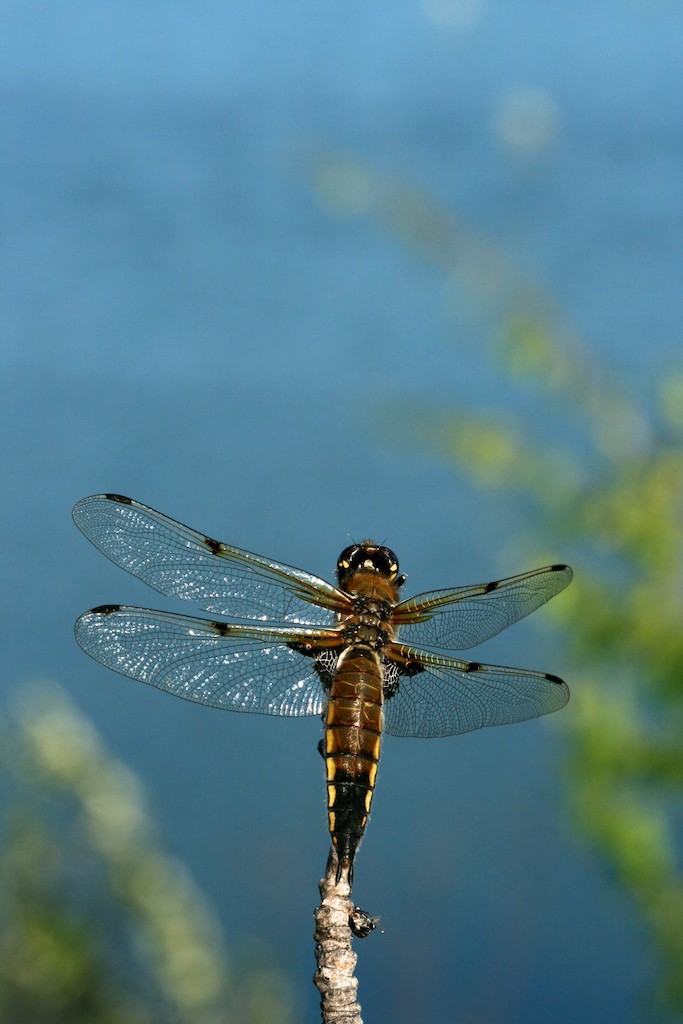
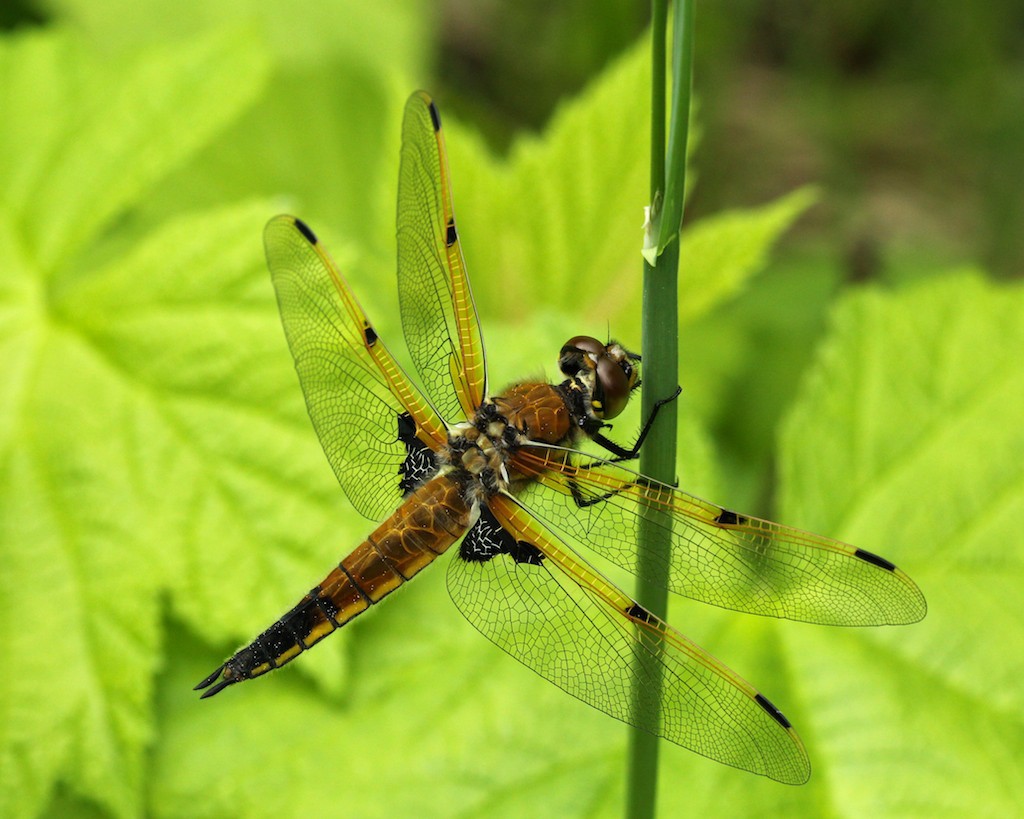
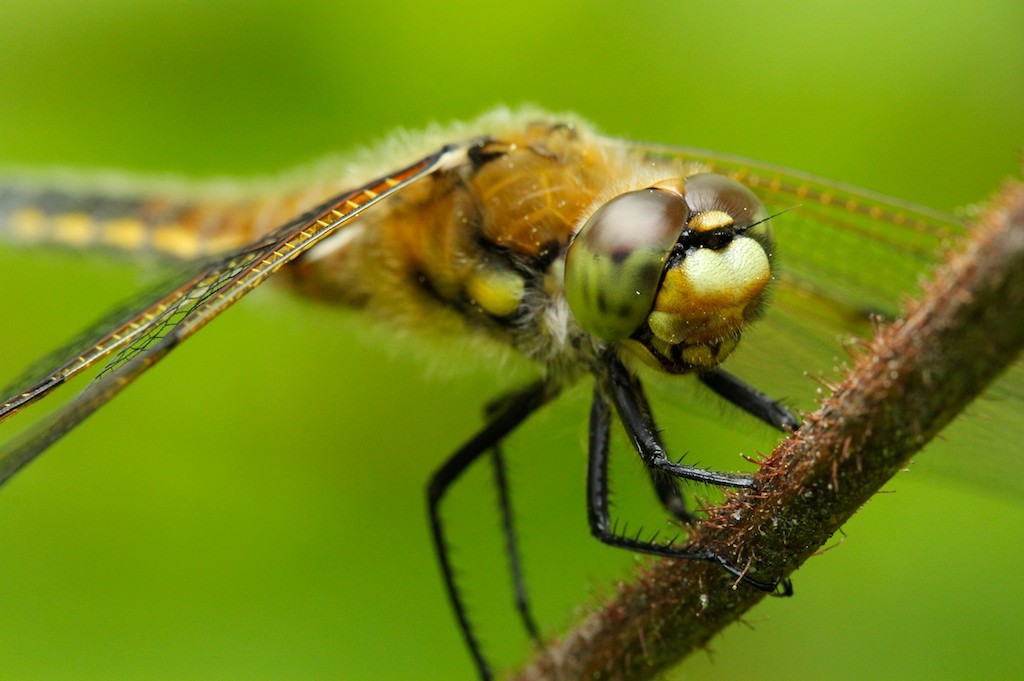
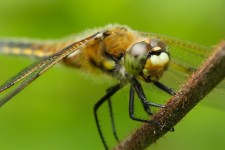
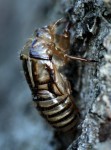
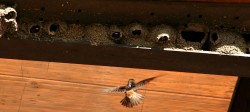
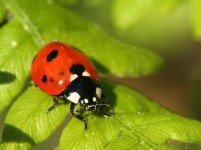
Whew! I am a believer! I once had what was for me a major Dragonfly experience. At the community garden we were having an invasion of huge grasshoppers. I was gardening and turned around just in time to see a Dragonfly grab a hefty 3″+ hopper by the back of its neck. They both crashed into a tall tomato plant, and there was a mighty thrashing about. The hopper fell to the ground headless and the Dragonfly went on about business. I was so surprised and was actually shaking when it was over! Whew! I had no idea how powerful a Dragonfly is. They look so lightweight and pretty skimming around the garden.
Thanks, Laura! Such an informative, detailed, well written post!
I thank this was berry helpful thank you
I thank this was verry helpful thank you
A few years ago, my husband and I were walking towards our back yard. When we encountered a full yard of big brown dragon flies lined up like soldiers in straight lines, wing to wing, all across our yard. They covered our yard which is about 50 x 50 feet. There must have been thousands of them. They were about 6′ or more high, facing forward. We found out from a News Paper article that there were other yards where the same thing happened at the same time. We are devout Christians and I still think it meant something spiritual, but I don’t know that much about them to know what it meant. It was awesome. My husband watched them from our sunporch for quite a while.
I was surprised and very distressed to learn that dragonflies eat hummingbirds! Catch them right out of the air. I no longer delight in seeing a dragonfly in my yard.